Can one speak of a city for sale if, at the end of a light show that uses a monument as a screen for projections, one witnesses for a few seconds the passage of the logo of those who paid for that show? The fact is well known: a lively controversy was sparked in Florence in recent days following the presentation in the City Council of a topical question by two councilors, Antonella Bundu and Dmitrij Palagi, who were asking Mayor Dario Nardella about the projection of American Express logos on the facades of the monuments chosen as the setting for the video-mapping of the 2021-2022 edition of the Florence Light Festival: “we consider it totally inappropriate,” Bundu and Palagi wrote when the event was now closed, “that a credit card circuit can see its logo on the Istituto degli Innocenti [....] It is much more than a play of light that fuels a cultural debate in the newspapers. These are public parts reduced to spaces for private promotion.” Photos of the monuments with “sponsored by American Express” projection, launched on social media, caused the controversy to cross municipal boundaries.
To get the full picture of the situation, however, it would be necessary to specify that we are not talking about something new this year: the video-maps of the Florence Light Festival have always broadcast the logos of sponsors at the end of the show. In the past it was Carpisa, Braccialini, the Central Market, Enegan and many others, this year it was American Express. There are those who make do with an inscription on the side, and there are those who get carried away and cover the entire facade with the logo, or project a gigantic one that takes up almost the entire monument (think of the facade of Santo Spirito, so white and smooth, and on which many have... indulged). And it is current practice everywhere. It is enough to take a tour around many cities in Italy during the Christmas holidays, when, at nightfall, our historic centers become the stage for similar shows: often they are banal, sloppy and amateurish projections, but sometimes they reach the full dignity of artistic products. Video-mapping, as a mode of expression, is not to be demonized as such: certain achievements are works of art in their own right, more and more artists are also expressing themselves in this medium, and the level of sophistication and intelligence of these shows is no longer comparable to that of even just four or five years ago.
It is true: the impact of the credit card logos on the facade of the Spedale degli Innocenti was not a pretty sight, and moreover, the projection was completely disconnected from the architectural scores of the building, when normally the projected images should fit the lines of the building. Just as it is true that reading “sponsored by American Express” without the reference to the festival might be confusing (someone on social thought that... the object of the sponsorship was Ponte Vecchio itself, and not the video-mapping show). And we would all love it if the sponsor provided its resources without asking for anything in return (it is not out of the question that this has happened or is happening, in case moneyed, munificent and disinterested private individuals show up).
In the real world, however, those who make an amount available to achieve a particular goal often ask for something in return: this is what sponsorship agreements usually involve. Is this so wrong and unacceptable? One can cry sell-out and humiliation of the city if the party paying for a show asks for its logo to be projected at the end of the show, since the issue seems to be not so much the elegance and size of the ’image (which in any case in the case in question was seen for a few seconds, only at night, at the end of a projection lasting several minutes), as much as the fact that “public parts” are “reduced to spaces for private promotion”?
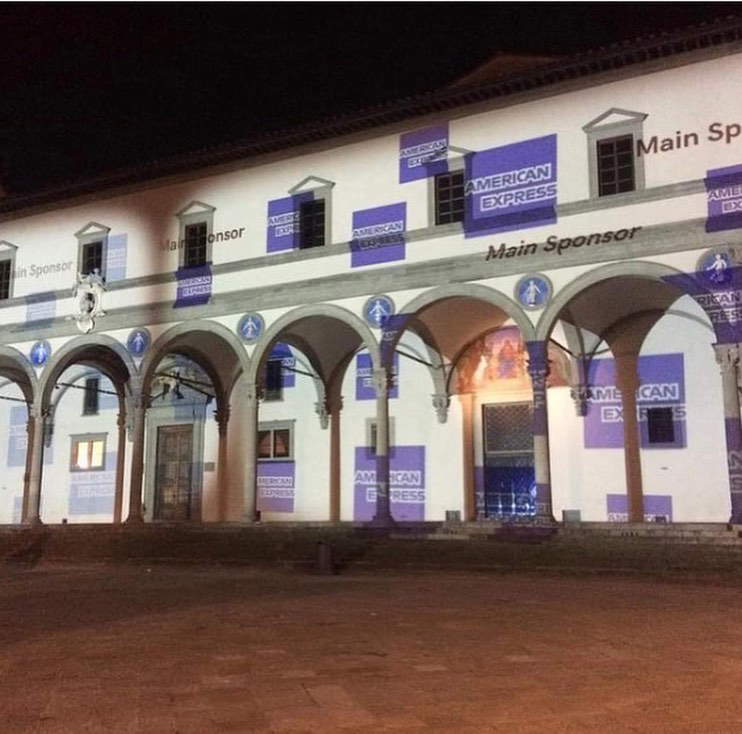
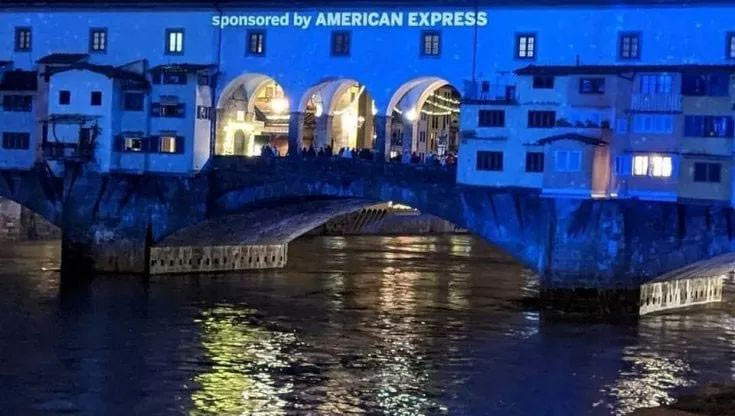

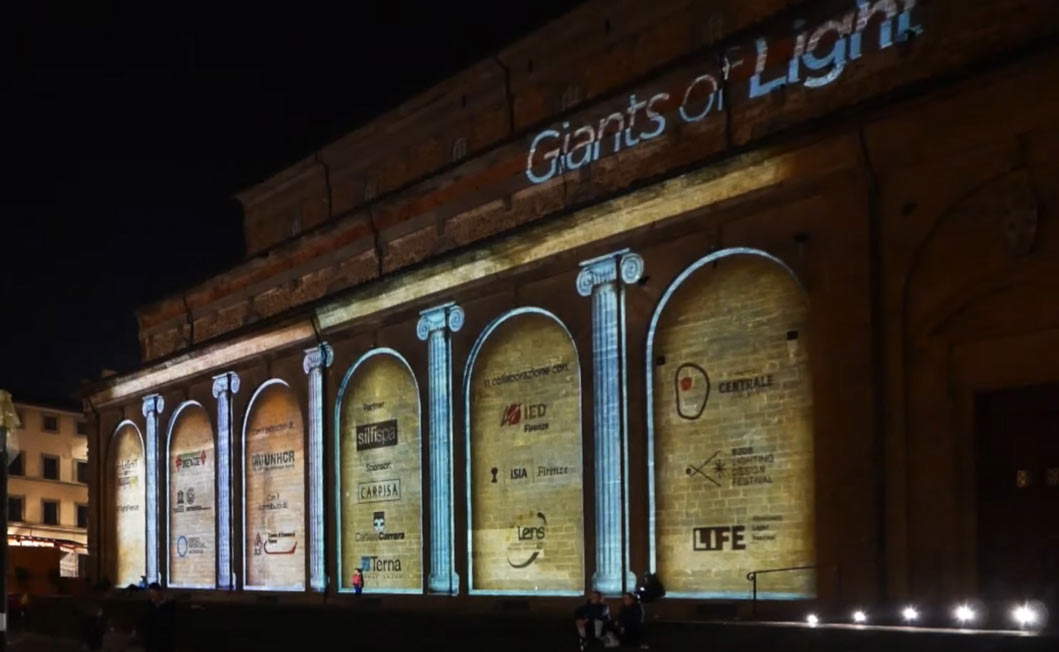
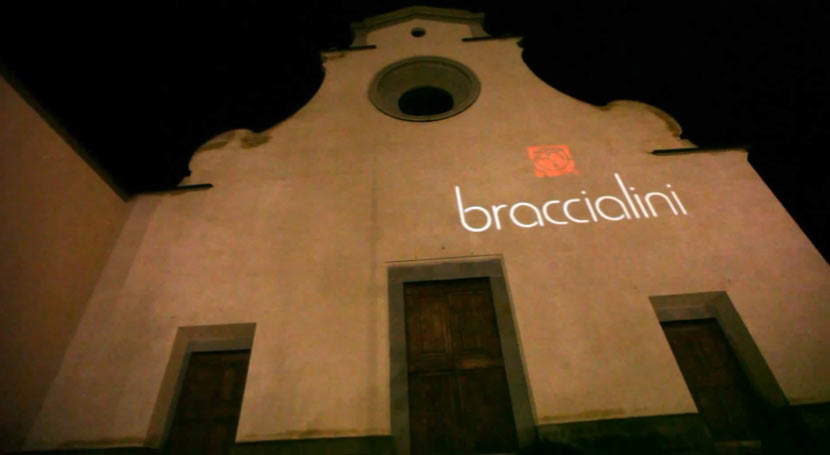
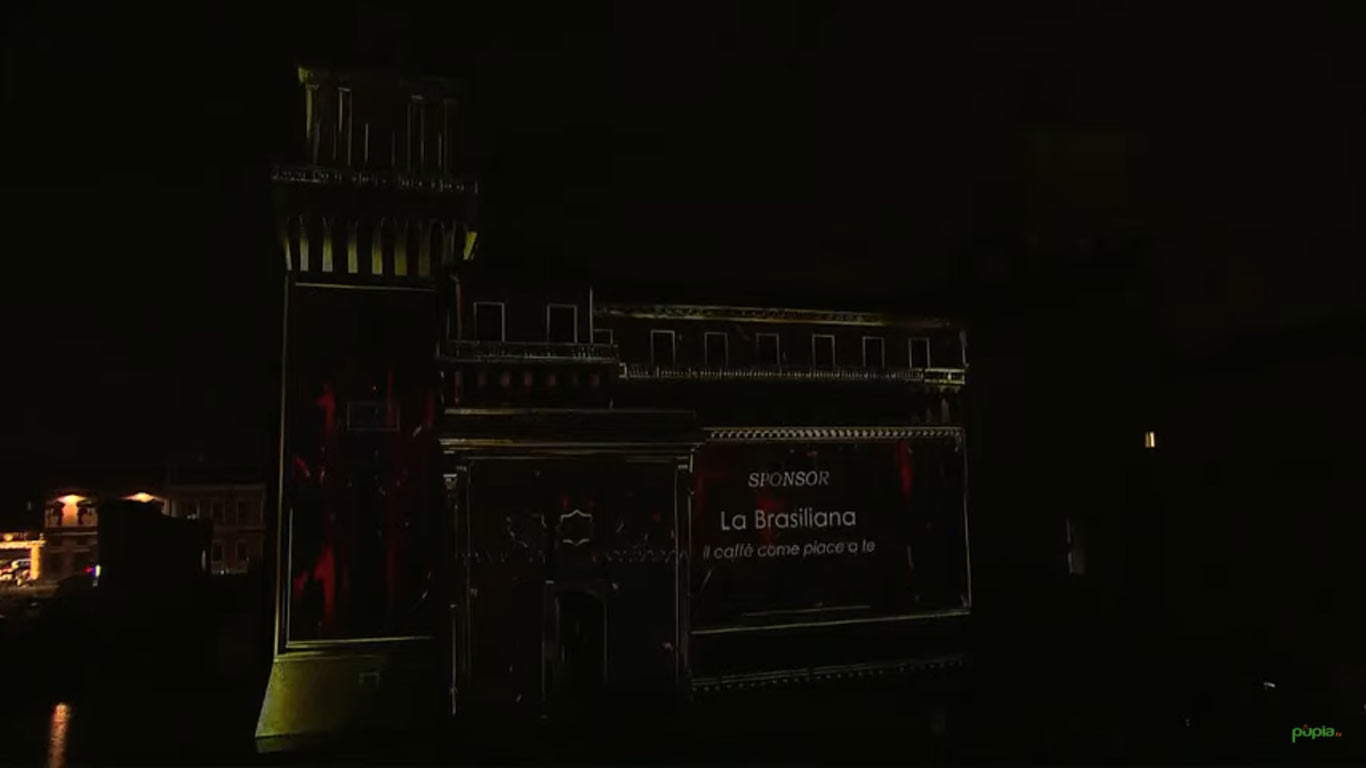
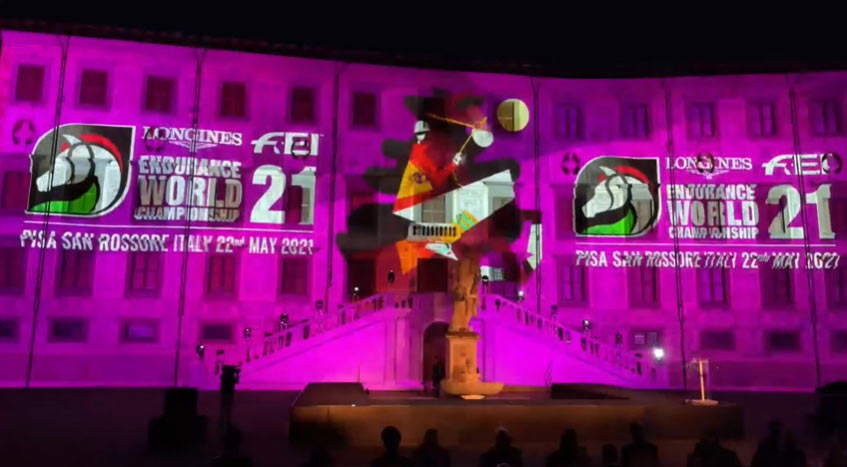
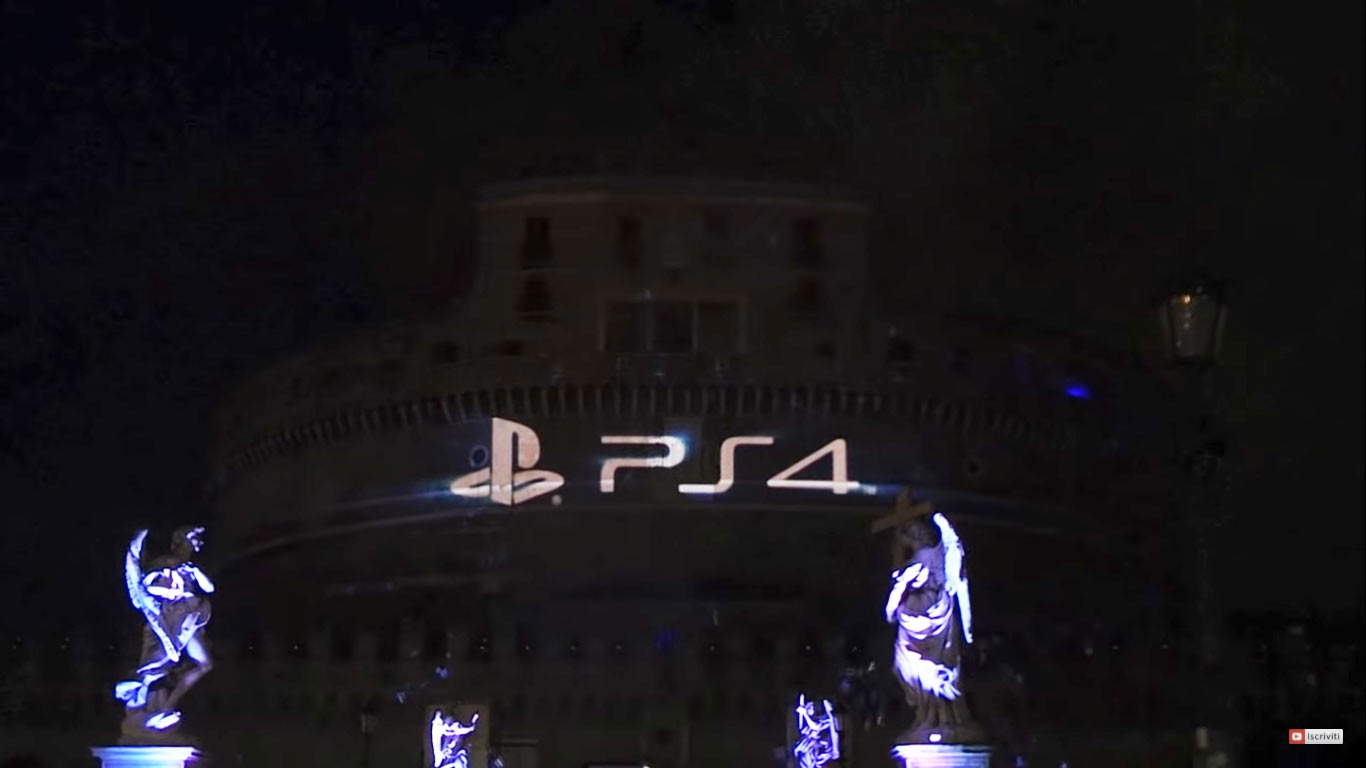
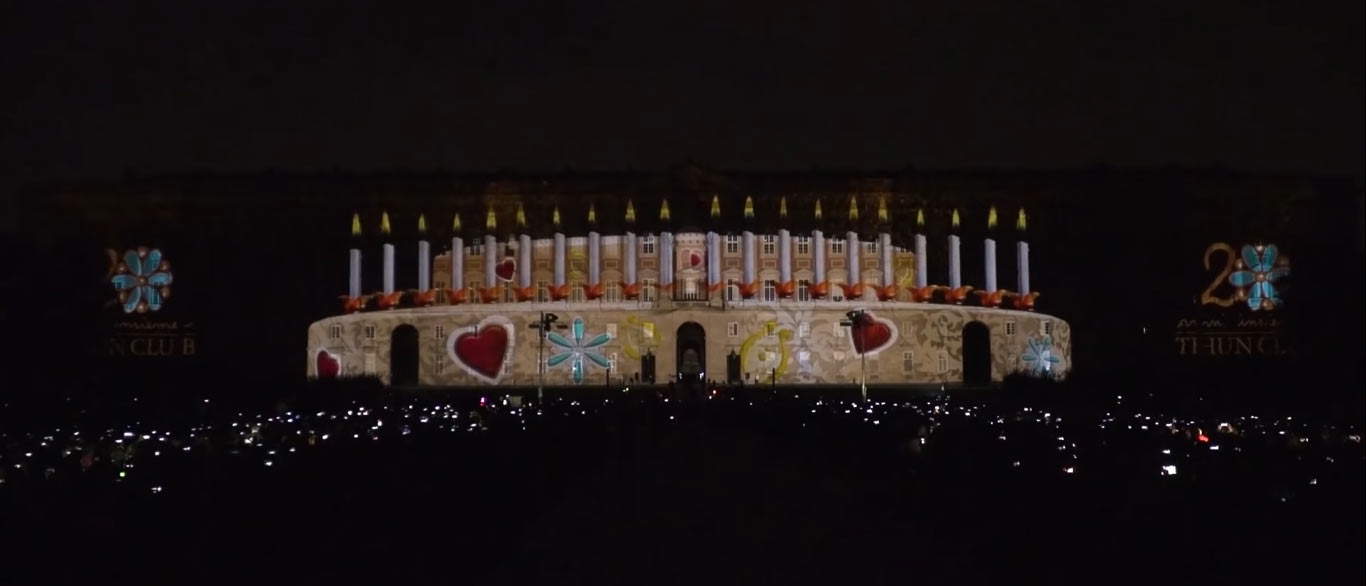
This seems to be the problem: that it is wrong a priori to occupy facades of public monuments with logos of private individuals. Several problems arise, however: what if that private individual decides to withdraw his or her support if there is no chance of seeing his or her contribution recognized, or if the form of recognition is considered disproportionately downward? Are we sure that a sponsor’s logo on the event website or on flyers is enough to spur a private individual to sponsor an event like the Florence Light Festival? What if the idea of banning the projection (even for a few seconds) of logos on monuments should result in sponsors giving up? Of course, many of those who have cried out against the projections of sponsor logos do not like these shows, so for so many they might as well be abolished and that would not be such a bad thing. However, video-mapping shows are now a vehicle for territorial marketing and a form of promotion of one’s city during the holiday season: it is difficult for a municipality to do without them, especially if we are talking about an event such as the Florence Light Festival, which also involves artists, gets excellent feedback from the public, and can now be considered a traditional event. In the absence of sponsors, the event should be curtailed, or the municipality should cope, perhaps saving on other activities (on protection and enhancement, for example?). On social media there are also those who say no tout court to private money: let them pay more taxes. The issue, however, cannot be approached in such simplistic tones: there is already a high tax burden in Italy, we are going through a period of economic crisis due to the pandemic resulting in reduced revenues for many activities (and related tax revenues), there are countries with more advanced patronage legislation than ours that try, if anything, to encourage private donations rather than harassing them with taxes: because increasing the tax burden does not necessarily really equate to more revenue (it is the principle of the Laffer curve), because resources from sponsorships are spent for very specific purposes and more quickly quickly, because for a private individual it can also be a source of satisfaction to make resources available for culture (and wanting to derive an image return or any form of recognition from it is understandable).


So what is the solution, in light of the fact that, at the moment, the option of living without sponsors seems impractical? Only one: the right balance. It is fine to show who sponsored a video projection by displaying the logo on the façade in an appropriate context explaining what they paid for; less acceptable is to carpet the entire monument with the sponsor’s inscription alone. But it also makes little sense to prevent the projection altogether: is it better to replace a few seconds of the logo with, say, a horrible totem near the Ponte Vecchio, branded American Express, and which, unlike the projection, does not disappear a few seconds but remains in place, day and night, for all the holidays? And then, can one say no to the ugly billboards that occupy entire facades of monuments (Venice is hostage to them, and in Florence one may recall the one on the facade of the Bigallo, which is much more annoying than a projection of which even the most outraged have noticed a month later), one can say no to exclusive concessions for those who have paid for a restoration, one can avoid bulky plaques that interfere with the monument. One can accept temporary banners, posters that do not occupy entire facades, logos prominently displayed on flyers, books, and printed material (when obviously the solution is workable: for a festival of lights perhaps not so immediate, for an exhibition more so), signs in non-impactful positions within the monuments when restoration is finished, in short: unobtrusive solutions. Otherwise, perhaps the alternative might be to forgo private money: can we afford it?
Warning: the translation into English of the original Italian article was created using automatic tools. We undertake to review all articles, but we do not guarantee the total absence of inaccuracies in the translation due to the program. You can find the original by clicking on the ITA button. If you find any mistake,please contact us.